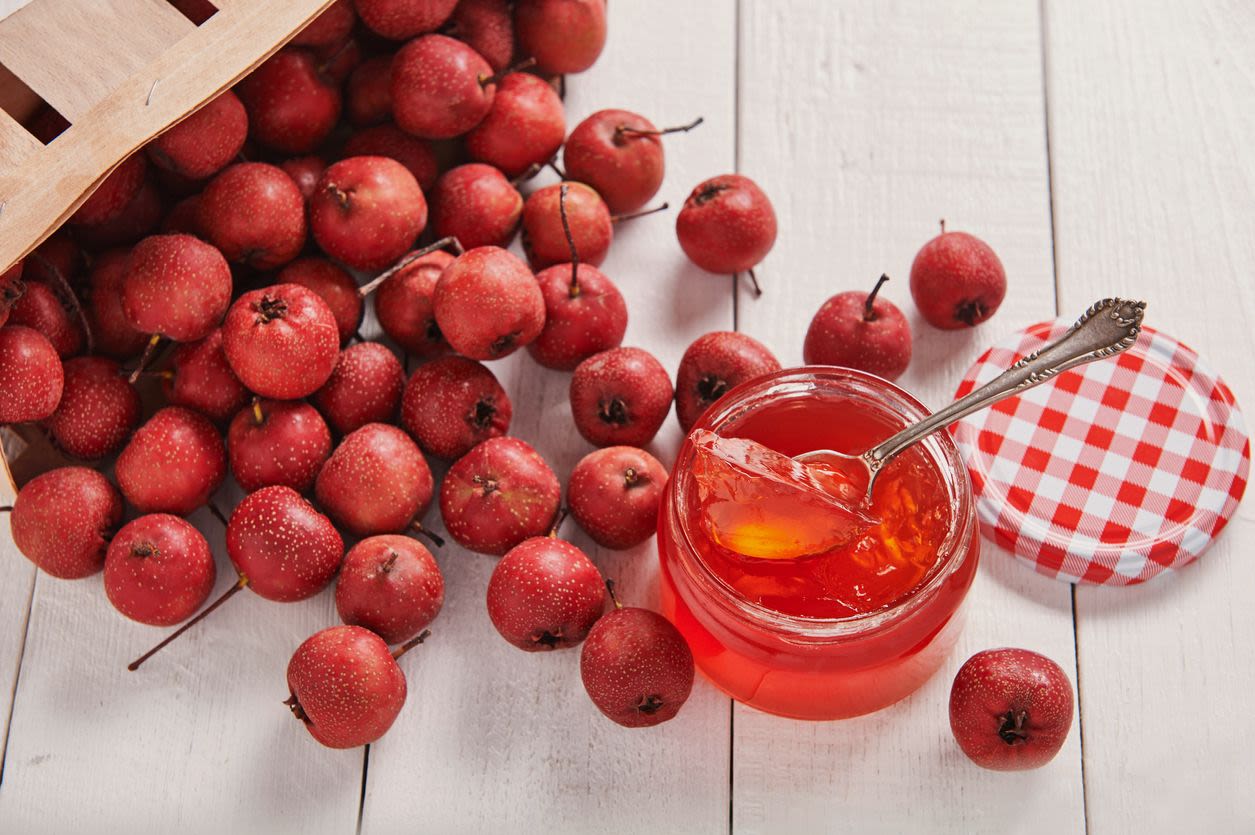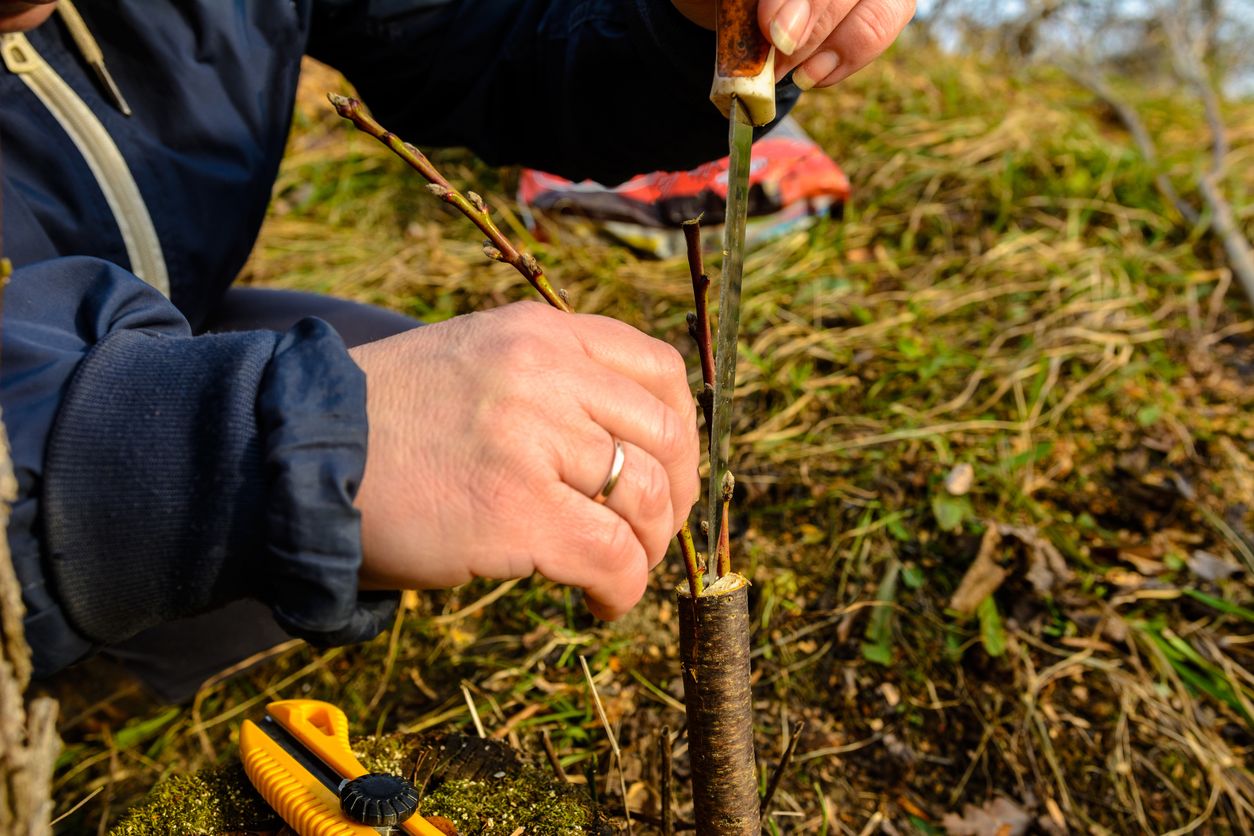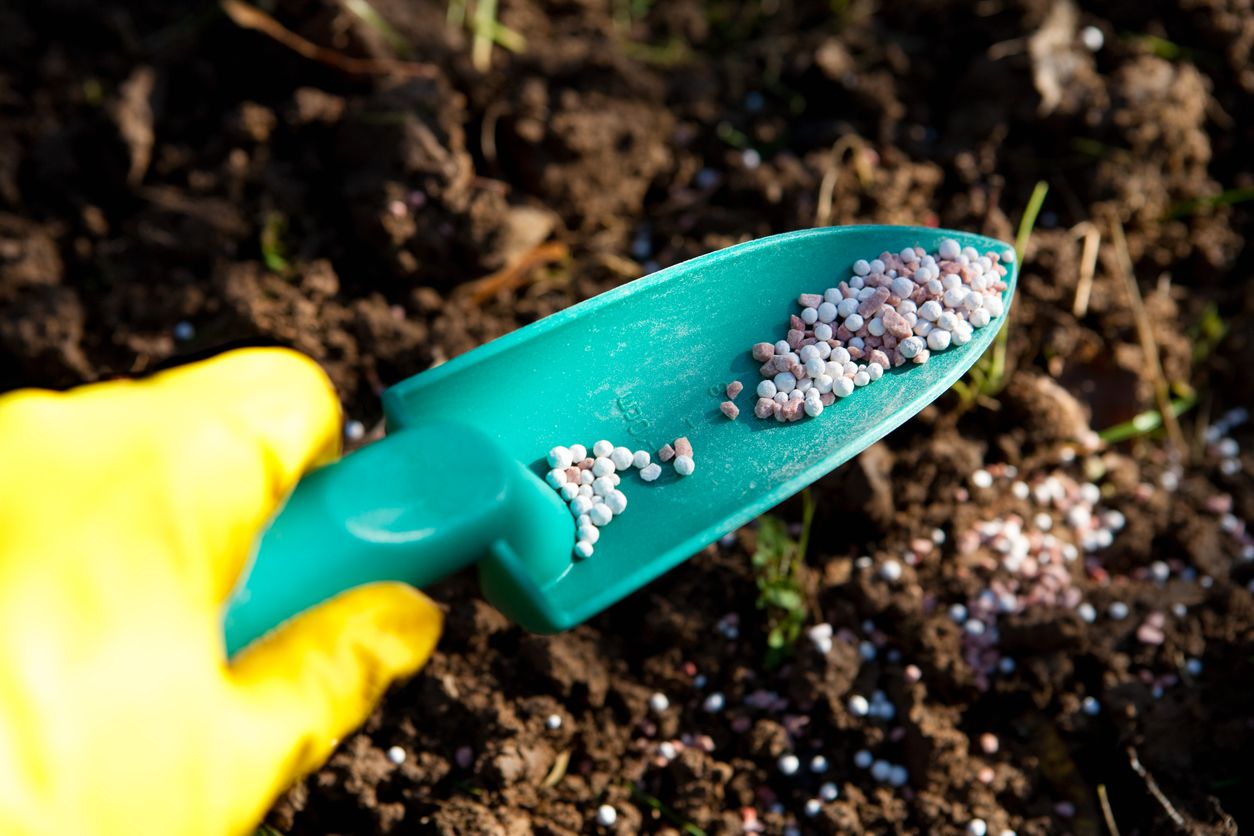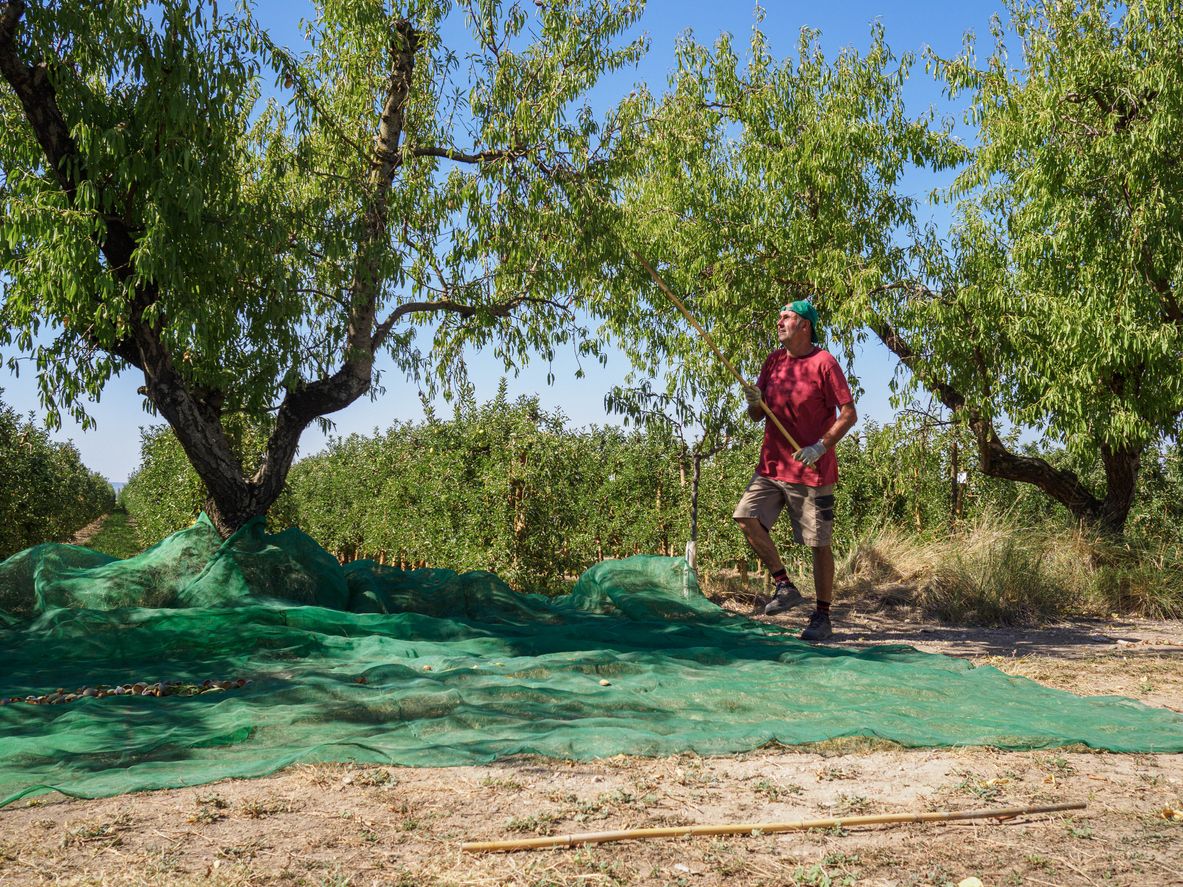Did you know you can grow: Mayhaw
UGA Extension experts provide information on growing uncommon Southern delights in your own backyard.
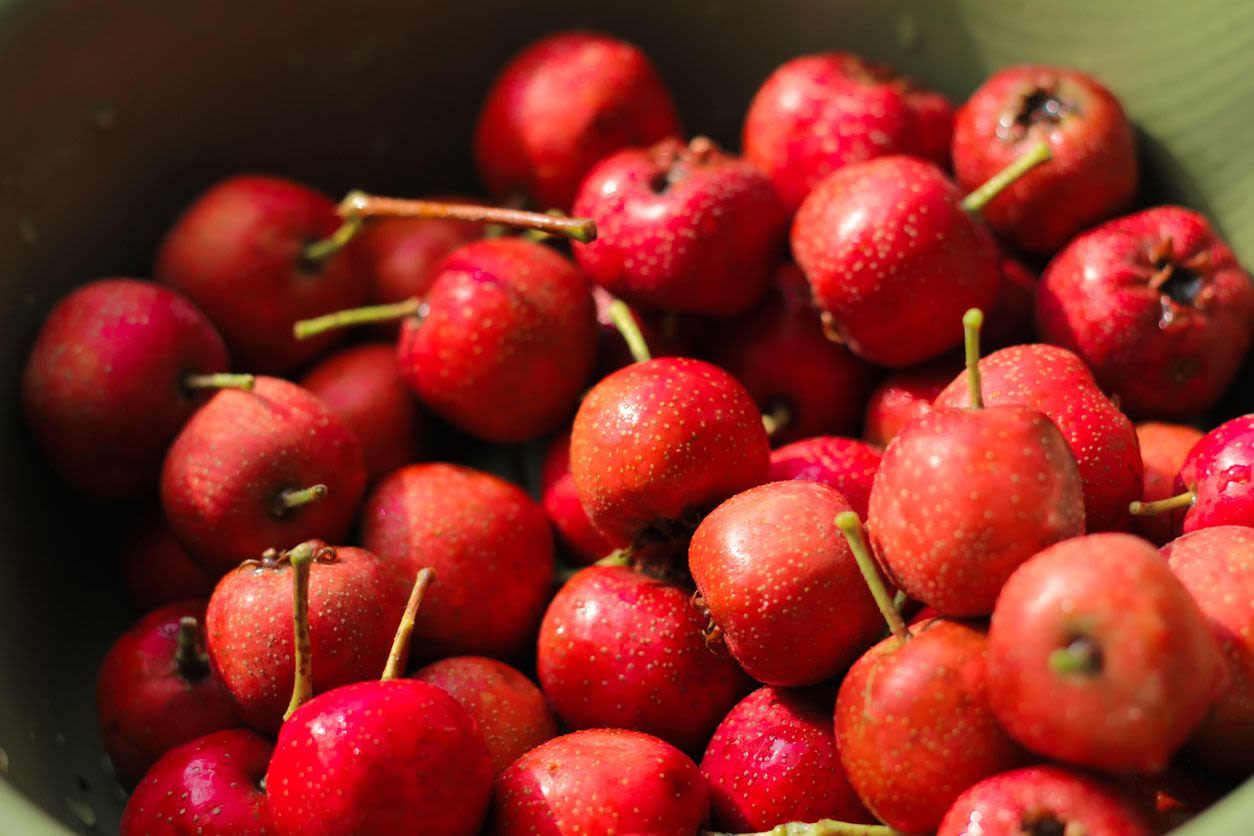
Georgia, traditionally known as the Peach State, is famous for its peaches, pecans and peanuts. But thanks to its mild climate, the state also supports a variety of uncommon and exotic fruits.
In a new series inspired by University of Georgia Cooperative Extension resource “Minor Fruits and Nuts in Georgia,” edited by consumer horticulturist Bob Westerfield, we’ll highlight lesser-known fruits that thrive in Georgia and can be grown in home gardens.
This month, we’re kicking things off with a familiar tree, especially in the southern regions, that produces a fruit many may not know — the mayhaw.
What is a mayhaw?
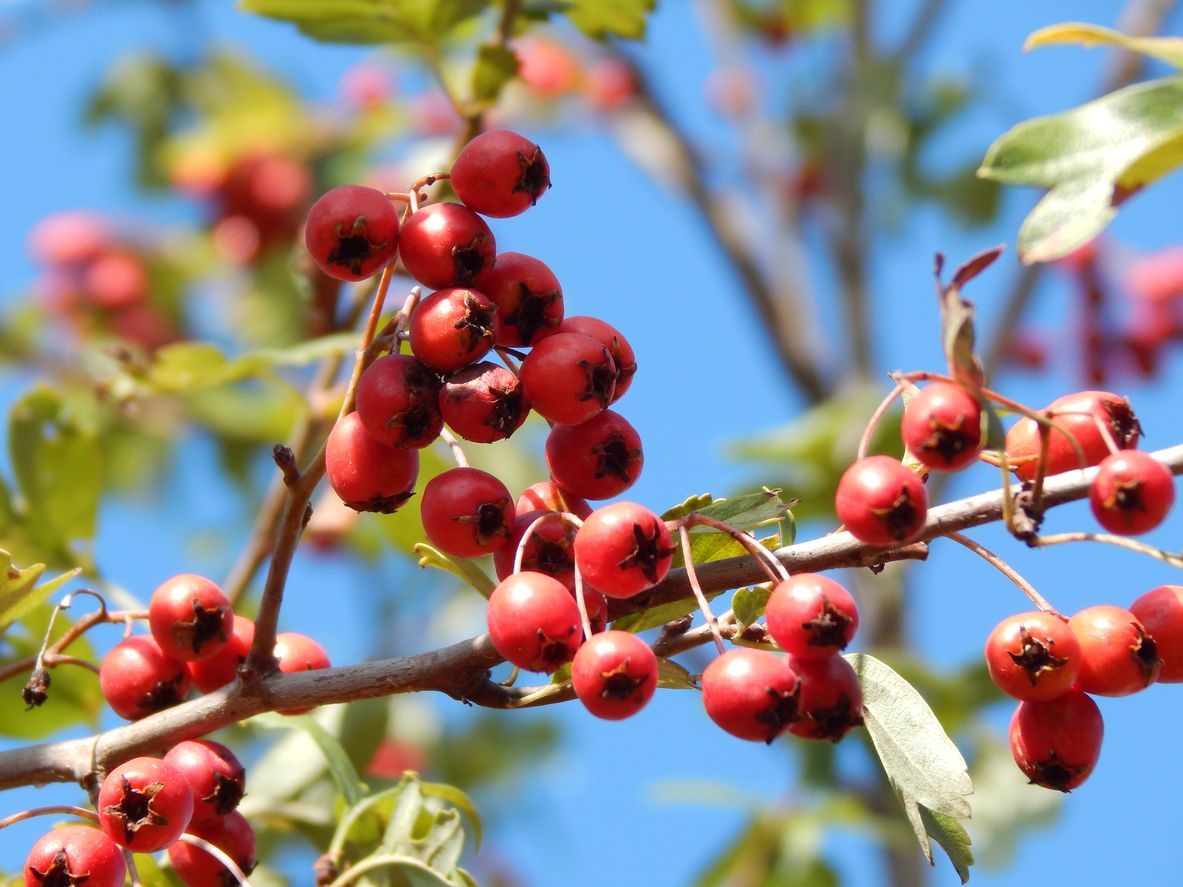
Mayhaw typically refers to the small, tart fruit of the hawthorn tree (Crataegus spp.), a member of the rose family (Rosaceae). Hawthorns are a large and diverse genus and are Georgia’s second-most numerous tree genus, with many named species and varieties, with several native to the state. These flowering deciduous trees produce white blooms in early spring, and the fruit is harvested in May — hence the name “mayhaw.”
These small trees or shrubs are easily recognized by their sharp thorns, fragrant blooms, and small, apple-like fruit. They are known by many names, including Eastern mayhaw, May hawthorn, apple hawthorn, red haw, thorn-apple, hog-apple, quickthorn, May-tree, white-thorn, chastity tree and hawberry.
In early spring, the mayhaw blooms with white blossoms. Other fruit trees like crabapple, plum and pear trees produce similar blooms.
In early spring, the mayhaw blooms with white blossoms. Other fruit trees like crabapple, plum and pear trees produce similar blooms.
Mayhaws are among the few ornamental flowering trees well-suited for lakeshores and wetland landscaping, thriving naturally in the wetlands of the southern United States.
However, this versatile tree also adapts to upland areas, where it is valued as a home landscape ornamental for its showy blooms and pollinator appeal. Its fruit, resembling a cranberry or small crabapple, ranges in color from yellow to deep red. With a flavor that varies from mildly sweet to tart, mayhaws are rarely eaten raw but are highly prized for making sauces, wines and the beloved Southern favorite — mayhaw jelly.
Colquitt, Georgia, proudly holds the title of the Mayhaw Capital of the World. The town celebrates this beloved fruit with the annual Mayhaw Festival, held on the third weekend in April. The event brings locals and visitors together for a day of food, entertainment, crafts and a lively parade.
Planting mayhaw
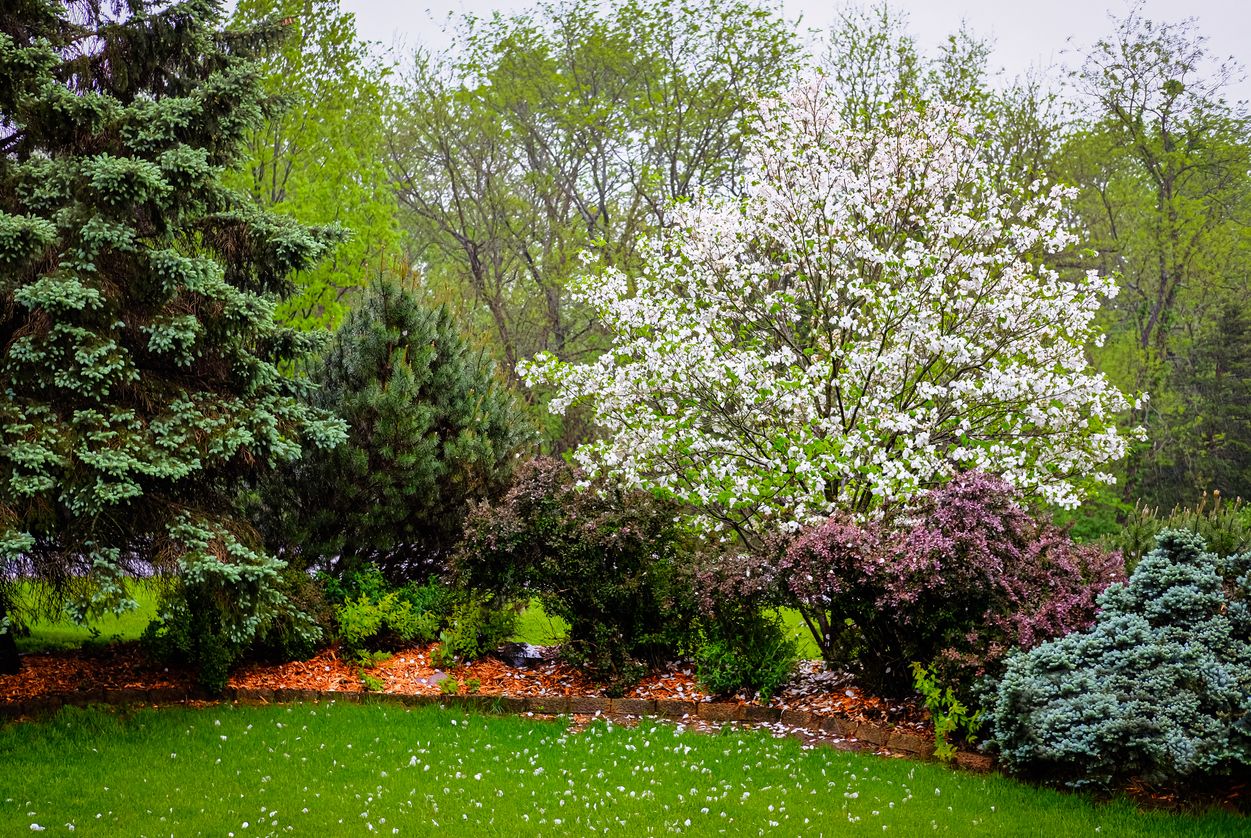
The best varieties of mayhaw to grow in Georgia are 'Saline' and 'Big Red'. Both have firm fruit and good retention, meaning they will not fall from the tree too early or shatter. They also bloom late, reducing the risk of freeze damage. Varieties that bloom and ripen early should only be planted in south Georgia.
Mayhaws can be grown from seeds or by grafting, a technique that joins parts of two plants to produce a stronger, more uniform tree. For optimal growth, plant seeds or seedlings 15 to 20 feet apart, with rows spaced 20 feet apart to ensure ample space for growth.
Planting from seeds
Mayhaw seeds require stratification, which means they must be chilled for a period before they begin growing. Seeds can be planted directly in the soil in the fall to stratify over the winter or can be refrigerated for 12 weeks and planted in early spring.
Plant seeds in moist, sandy soil. Covering them with a screen after planting can prevent birds from eating the seedlings as they grow.
Planting by grafting
Grafting mayhaw seedlings produces more predictable results than planting seeds but is a more involved process. When grafting mayhaws, the best practice is to use the mayhaw plant for both the scion (the cutting that will grow into a tree) and the rootstock (the root system used to support the cutting).
A screen can be placed over growing mayhaw seedlings to prevent birds from eating the seedlings while they are small.
A screen can be placed over growing mayhaw seedlings to prevent birds from eating the seedlings while they are small.
Grafting is a process that can create a more stable mayhaw plant than starting from seeds.
Grafting is a process that can create a more stable mayhaw plant than starting from seeds.
Caring for a mayhaw tree
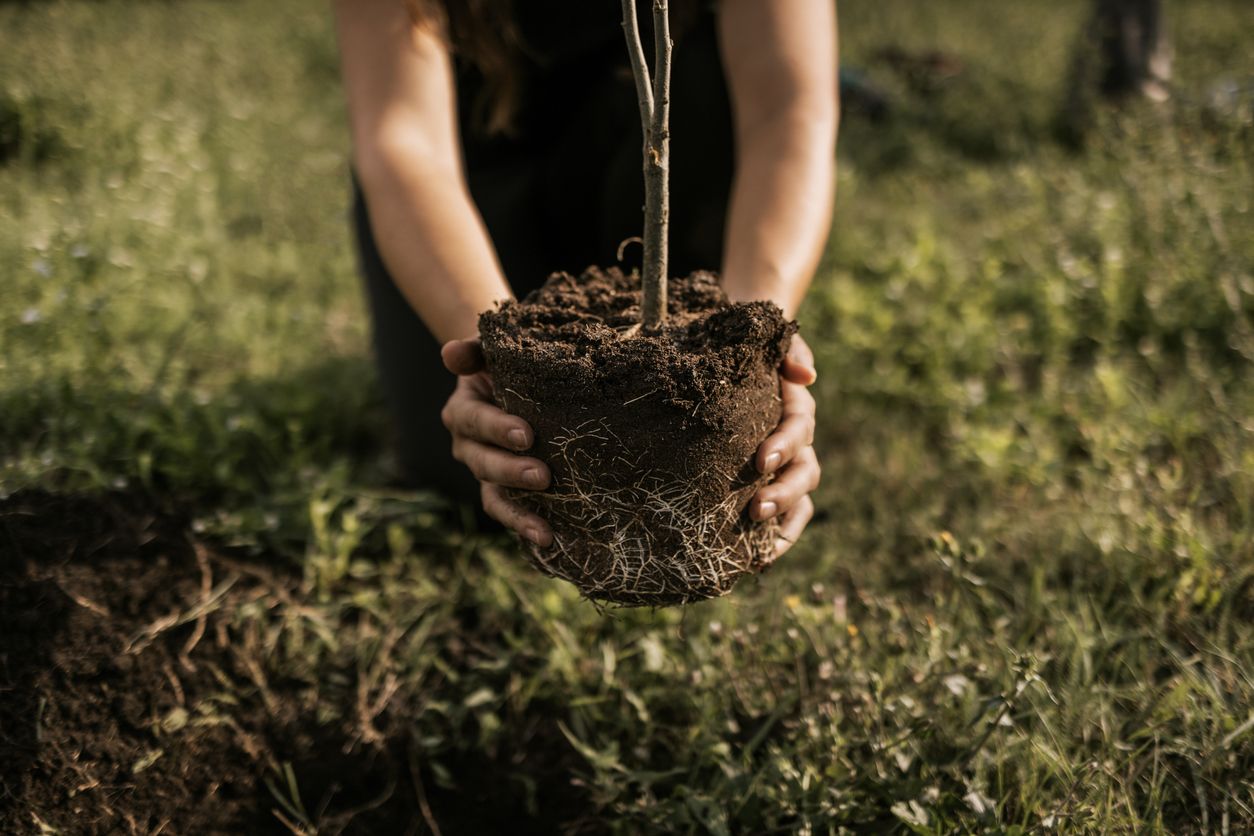
Mayhaw trees thrive with a balanced 10-10-10 fertilizer. To prevent root burn, evenly distribute the fertilizer at least 8 inches away from the base of the plant.
Mayhaw trees thrive with a balanced 10-10-10 fertilizer. To prevent root burn, evenly distribute the fertilizer at least 8 inches away from the base of the plant.
The shake-and-catch system of harvesting can be used to harvest mayhaw, similar to harvesting almonds (pictured), olives, cherries and more.
The shake-and-catch system of harvesting can be used to harvest mayhaw, similar to harvesting almonds (pictured), olives, cherries and more.
Fertilizer
In the first year of growth, mayhaws require 1/4 pound of 10-10-10 NPK (nitrogen, phosphorus and potassium) fertilizer in March, May and July. After the first year, they require 1 pound per inch of trunk diameter, up to a maximum of 5 pounds. Be careful to apply evenly and at least 8 inches away from the trunk.
Pest control
Mayhaw trees are susceptible to quince rust, a fruit disease that causes lesions on leaves, early leaf drop and deformed fruit. Planting the trees away from cedar trees, another carrier of the disease, can help prevent its spread. Using a fungicide like myclobutanil can also help control quince rust.
Harvesting
It can take several years for a mayhaw tree to produce fruit. Once it does, there are a few methods of harvesting. Typically, mayhaws fall to the ground when ripe. Tarps or nets can be laid out beneath the trees to catch the fruit for easier collection. For varieties with stronger retention, place tarps or catch frames underneath the tree and shake the limbs to release the fruit.
Mayhaws do not have a long shelf life, so it is best to freeze or can the fruit within a few days of harvesting.
Using mayhaw
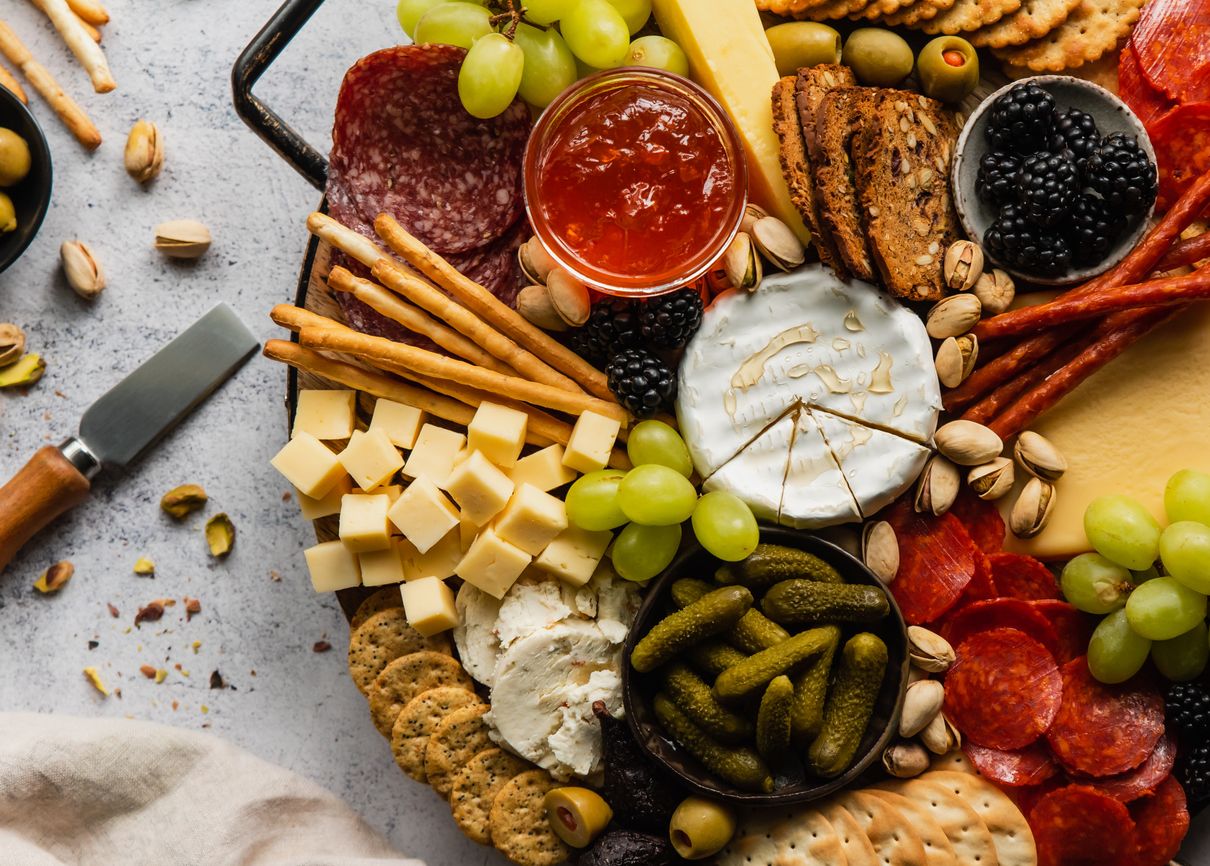
Mayhaws are typically used for juice, sauces and jellies. A fan favorite is mayhaw-pepper jelly, a sweet and spicy spread used on meats or with cream cheese and crackers. Wisham Jellies won the Jams and Jellies category of the 2016 Flavor of Georgia contest with their Wild Mayhaw Pepper Jelly.
Fire! Pepper Jelly from Wisham Jellies was a finalist at the 2024 Flavor of Georgia contest. Wisham Jellies won the Jams and Jellies category in 2016 with its Wild Mayhaw Pepper Jelly.
Fire! Pepper Jelly from Wisham Jellies was a finalist at the 2024 Flavor of Georgia contest. Wisham Jellies won the Jams and Jellies category in 2016 with its Wild Mayhaw Pepper Jelly.
If you're interested in growing mayhaws, visit local nurseries to find varieties that thrive in your area. Your county UGA Extension agent is also a great resource for expert advice and tips on selecting and growing plants suited to your home landscape.
Not ready to plant a mayhaw just yet? Pick up fresh mayhaw fruit at a local farmers market and try your hand at making homemade mayhaw-pepper jelly with the recipe below!
Mayhaw-pepper jelly
Interested in making mayhaw jelly? Check out this mayhaw-pepper jelly recipe from UGA's National Center for Home Food Preservation:
What you’ll need:
- 4 cups mayhaw juice (see here for how to make mayhaw juice)
- 1 package powdered pectin
- 5 ½ cups sugar
- ¼ cup fresh, seeded and chopped jalapeño peppers
- ¼ cup fresh, seeded and chopped red hot chili peppers
- ½ cup vinegar
- 6 half-pint jars
- Boiling water canner
Directions:
- Sterilize canning jars (see here for information on sterilization and other canning tips)
- Combine mayhaw juice, pectin and ½ cup of sugar in a pot
- Bring to a boil, stirring constantly
- Add remaining 5 cups of sugar and bring to a simmering boil
- Simmer for 15 minutes
- Skim the foam and add chopped peppers and vinegar
- Simmer for 20 more minutes
- Pour quickly into hot, sterilized jars, leaving a ¼ of space at the top
- Wipe rims of jars with a clean, damp paper towel
- Prepare two-piece lids and place on jars
- Process in boiling water canner (see here for how to use a boiling water canner)
